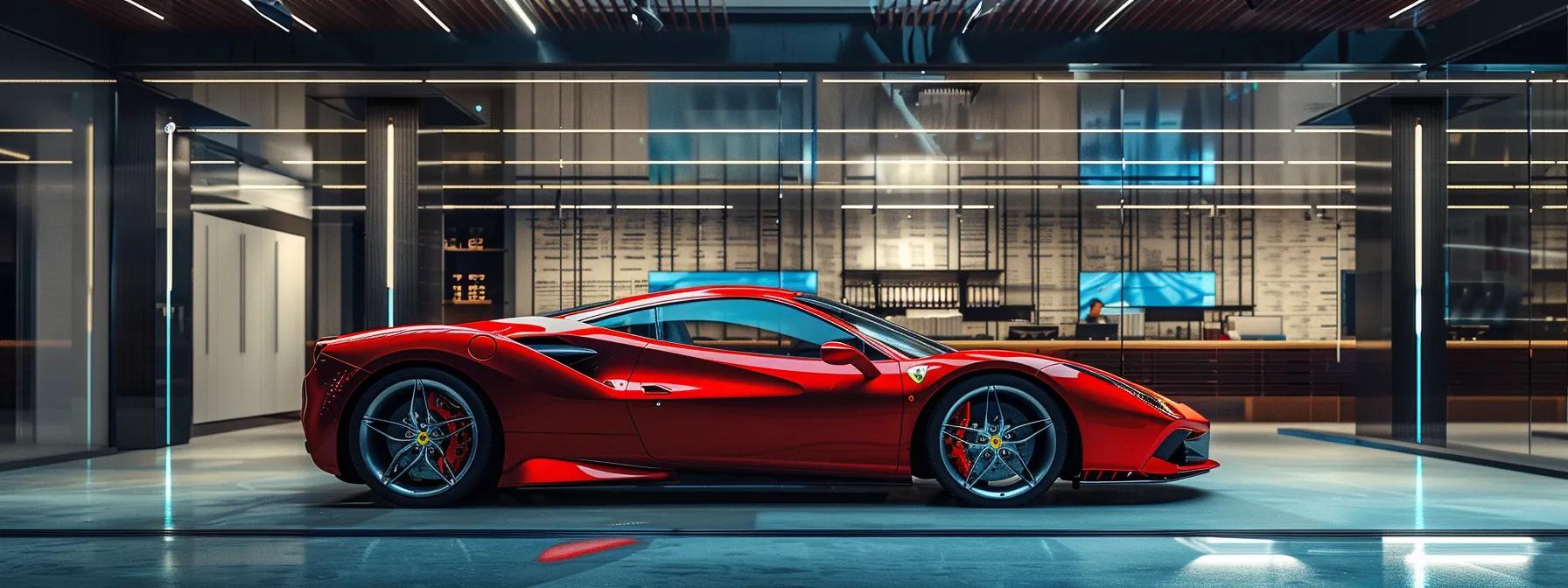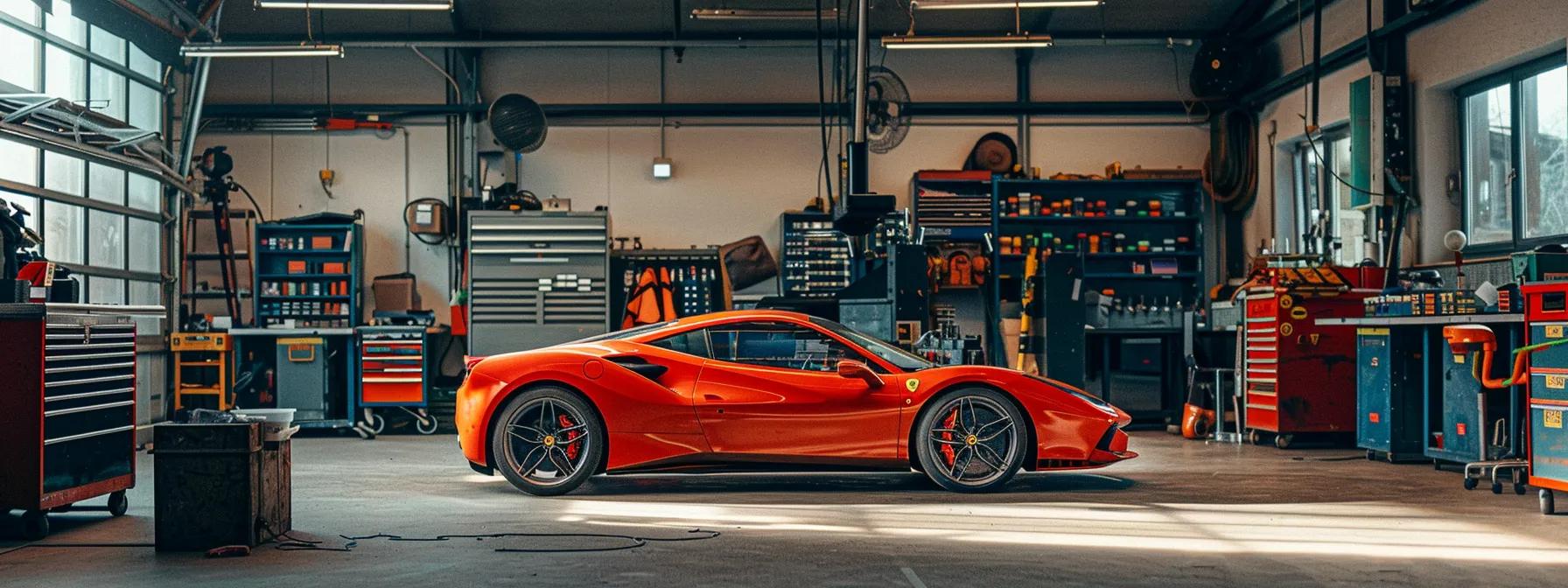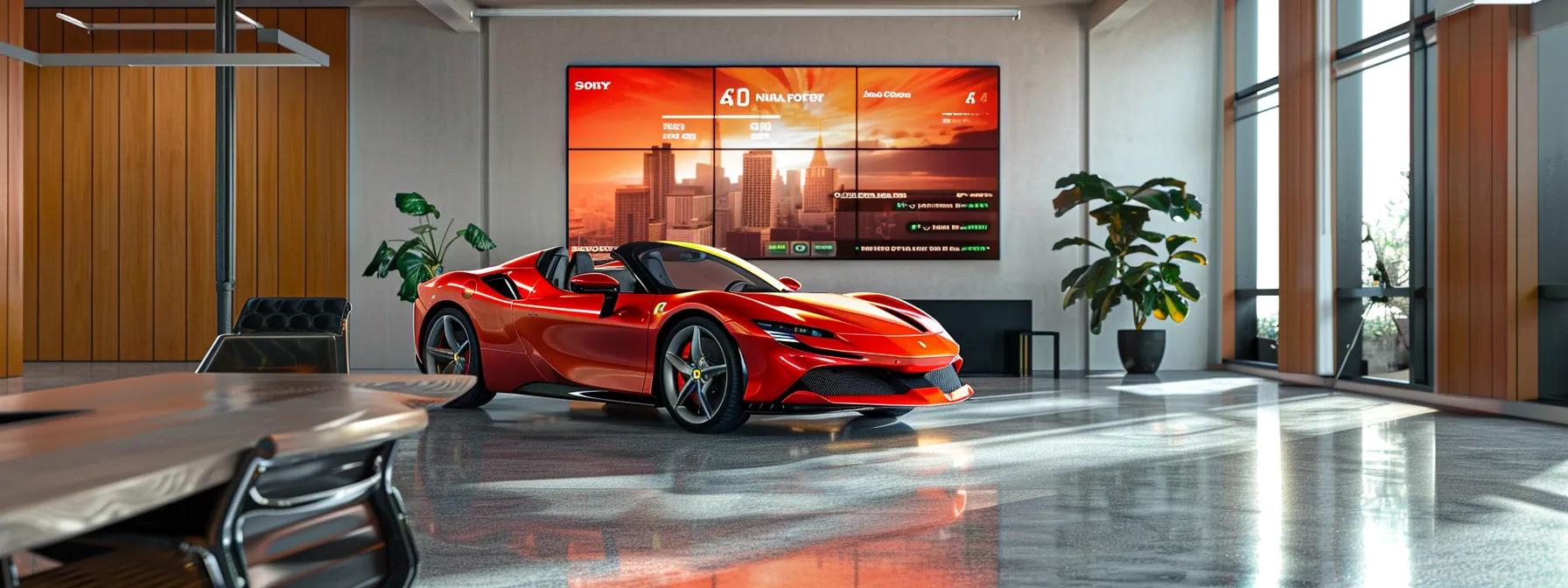The True Cost of Owning a Ferrari: Comprehensive Price Breakdown and Ownership Expenses
Owning a Ferrari is the dream of many automotive enthusiasts and collectors. Beyond its iconic design, exceptional performance, and storied racing heritage, a Ferrari symbolizes passion, exclusivity, and high maintenance responsibility. Prospective buyers must consider the base price, depreciation, insurance, maintenance, repairs, fuel, financing, and hidden charges affecting overall ownership costs. For more detailed insights, enthusiasts can check out 1scud.com, or if you’re considering selling, you might want to list-your-ferrari to connect with interested buyers. This article breaks down these factors—from the upfront price of models like the Ferrari 488 GTB and Ferrari Roma to dealer markups, depreciation trends, and recurring expenses—to help potential owners make informed decisions while preserving their investment and appreciating the car’s legacy.
Transitioning to the specifics, the following sections are organized by major expense categories to guide you through the financial aspects of Ferrari ownership.
What Is the Base Price Range for Different Ferrari Models?
Ferrari base prices vary widely. Factors include performance specifications, historical significance, and technological advancements. Buyers can choose iconic models like the Ferrari 488 GTB or the contemporary Ferrari Roma. The initial investment is not only for brand prestige but also affects later costs related to customization, maintenance, and resale.
How Much Does a Ferrari 488 GTB Cost?
The Ferrari 488 GTB, known for its turbocharged V8 engine with around 661 horsepower, typically starts in the high six-figure range in U.S. dollars. This reflects Ferrari’s advanced engineering and luxurious materials. The price covers standard features but excludes bespoke customizations, premium finishes, or advanced add-ons, which can push costs up by 20% or more. Regional variations and import duties may also influence the final price.
What Is the Price of the Ferrari Roma and Other Popular Models?
The Ferrari Roma, a modern grand tourer, usually has a base price slightly lower than high-performance models like the 488 GTB. Entry-level options are available, whereas limited editions or high-performance variants such as the Ferrari F8 or historical collectibles like the Ferrari F40 command higher premiums. Models with heritage status, including the Ferrari 250 GTO or Ferrari Testarossa, often reach astronomical resale values, driven by rarity and investor interest. Exclusive features distinguish each model as more than just a luxury sports car.
How Do Dealer Markups and Customizations Affect Ferrari Prices?
Dealer markups and customizations significantly influence the final price. Ferraris offer a high degree of personalization, and dealers charge extra for unique paint schemes, interior materials, or performance modifications. High demand can lead to premiums well above the base MSRP, further affecting the total purchase cost and long-term resale value.
How Does Ferrari Depreciation Impact Ownership Costs?

Depreciation remains a key factor in Ferrari ownership. Although Ferraris tend to retain value better than many luxury vehicles, they experience rapid initial depreciation that eventually stabilizes. Rare or limited-edition models may even appreciate. Understanding these trends helps owners decide whether to hold or sell their Ferrari as part of their financial planning.
What Are Typical Depreciation Rates for Ferrari Models?
Ferrari models usually depreciate around 10% to 15% per year in the early years. However, limited editions or cars with significant historical value may see slower depreciation or even value appreciation. Factors such as mileage, condition, and rarity influence these rates, directly impacting long-term financial planning.
Which Ferrari Models Hold Their Value Best Over Time?
Certain Ferraris, including the 488 GTB and historical icons, are considered “investment-grade.” Low production numbers, superior performance, and motorsport heritage help these models maintain strong resale values. Collectors seek vehicles with proven resale performance, making them attractive both as cars and investments.
How Do Market Conditions Influence Ferrari Depreciation?
Macroeconomic trends such as overall economic climate, interest rates, and consumer demand for luxury items affect depreciation. Economic downturns can accelerate depreciation due to lower demand, while booming economies typically see slower depreciation or even appreciation. Regulatory changes can also impact the desirability and market value of certain models.
What Are the Average Insurance Costs for Ferrari Owners?
Insurance is a significant recurring cost for Ferrari owners due to the car’s high replacement and repair values. Premiums are determined by factors such as the driver’s history, the specific model, and regional risk.
How Much Does Ferrari Insurance Typically Cost Annually?
Annual premiums for a Ferrari may range from several thousand dollars to over $10,000. High-performance models such as the Ferrari F8 or 488 GTB tend to have higher premiums because of the risks of theft and costly repairs, particularly when comprehensive coverage—including collision, liability, and classic car insurance—is required.
What Factors Affect Ferrari Insurance Rates?
Insurance rates depend on the driver’s age, claims history, and location, as well as the car’s performance capabilities and rarity. Advanced security features and access to specialized repair facilities can help reduce premiums, making comparison shopping essential for obtaining competitive rates.
How Can Ferrari Owners Reduce Their Insurance Expenses?
Owners can lower premiums by installing advanced security systems, limiting mileage, and using secure storage options. Bundling insurance policies and establishing long-term relationships with specialized insurers may also yield discounts. Regular maintenance and proper documentation further support lower rates.
What Are the Maintenance and Repair Costs for a Ferrari?

Maintenance and repair costs are major considerations in Ferrari ownership. Routine services include oil changes, brake inspections, and tire rotations, while repairs can be particularly high due to the need for specialized parts and trained technicians.
How Much Does Routine Ferrari Maintenance Cost Per Year?
On average, routine maintenance costs for a Ferrari fall between $2,000 and $4,000 per year. This includes regular services required to maintain performance and protect resale value. Costs may be higher for older or heavily driven models.
What Are Common Ferrari Repairs and Their Price Ranges?
Repairs may include brake system work, suspension adjustments, engine tuning, and transmission services, with costs ranging from $1,500 to $5,000 per event. Comprehensive repairs, like engine rebuilds or transmission overhauls, can easily cost tens of thousands of dollars. Owners should budget for these occasional, but potentially high, expenses.
How Do Maintenance Costs Vary by Ferrari Model?
Maintenance expenses differ between models due to variations in engine configuration, technology, and parts availability. High-performance models such as the Italia 488 or F8 may incur higher service charges compared to entry-level models, while classic Ferraris sometimes require costly restorations.
How Much Do Fuel Costs Add to Ferrari Ownership Expenses?
Fuel costs, though lower than the purchase and maintenance expenses, still add to the overall cost of owning a Ferrari. High-performance engines consume more fuel, often requiring the use of top-tier gasoline.
What Is the Average Fuel Efficiency of Ferrari Models?
Ferraris typically achieve 12 to 18 miles per gallon, with many models averaging around 15 mpg under typical driving conditions. Performance is prioritized over fuel economy, which influences annual fuel spending.
How to Calculate Annual Fuel Expenses for Your Ferrari?
Estimate annual mileage (commonly between 5,000 and 8,000 miles) and divide by the average mpg to determine required gallons. Multiplying by the local fuel price gives the annual fuel cost—for example, 6,000 miles at 15 mpg and $4 per gallon results in an expense of approximately $1,600 per year.
What Financing and Leasing Options Are Available for Ferrari Buyers?

Financing and leasing help manage the high upfront cost of a Ferrari. Options range from traditional bank loans to specialized luxury car leasing plans. The best choice depends on an individual’s financial situation, usage, and long-term plans.
How Do Ferrari Financing Terms Affect Total Ownership Cost?
Financing typically involves a down payment plus monthly installments over a set loan term. Higher down payments or shorter terms lower the overall interest paid, while interest rates for luxury vehicles may be higher. Buyers should carefully compare offers to secure favorable terms.
What Are the Pros and Cons of Leasing a Ferrari?
Leasing offers lower monthly payments and the convenience of updating to newer models. However, leases come with mileage restrictions, additional fees for wear and tear, and the lack of equity accumulation. Individuals must assess whether leasing or buying aligns with their lifestyle and investment goals.
How to Budget for Ferrari Financing and Leasing Payments?
Effective budgeting requires a careful review of monthly income and obligations. Prospective buyers should include additional costs such as interest, insurance, and maintenance when planning payments. Setting aside a contingency fund is recommended to cover unexpected expenses.
What Are the Hidden and Additional Costs of Owning a Ferrari?
Beyond the obvious costs, owning a Ferrari comes with hidden expenses including taxes, registration fees, storage, and periodic detailing. These additional charges can quickly add up over time.
How Do Taxes, Registration, and Fees Impact Ferrari Ownership?
Taxes, including sales and luxury car taxes, along with registration and administrative fees, can add significantly to the initial cost. These costs vary by region and are influenced by the car’s market value. Buyers should research local requirements to estimate these expenses accurately.
What Are the Costs of Storage, Detailing, and Upkeep?
To maintain a Ferrari’s condition and value, owners often invest in climate-controlled storage and regular detailing. These services protect against environmental damage and preserve the car’s appearance. Additional regular expenses may include tire replacements, fluid changes, and minor upkeep.
How Can Ferrari Owners Prepare for Unexpected Expenses?
Proactive financial planning is essential. Setting aside an emergency fund for repairs and unexpected maintenance helps mitigate financial shocks. Regular servicing and building relationships with trusted service centers also reduce the risk of costly repairs.
Detailed Comparison Table of Ferrari Cost Components
The table above summarizes Ferrari ownership costs, providing a quick reference for potential buyers and current owners.
Frequently Asked Questions
Q: What is the base price range for most Ferrari models? A: Ferrari base prices generally range from around $200,000 to over $500,000, depending on the model and customizations. High-performance and limited-edition variants may cost more due to exclusivity and additional features.
Q: How does depreciation affect the overall cost of owning a Ferrari? A: Depreciation typically runs at 10% to 15% per year in the early years. However, limited editions or historically significant models may appreciate, influencing long-term resale values and financial planning.
Q: What are typical annual insurance costs for a Ferrari? A: Insurance costs for Ferraris can vary widely, generally from $3,000 to $10,000 per year, influenced by model performance, driver factors, and location.
Q: How do routine maintenance and repair costs add up over time? A: Routine maintenance may cost between $2,000 and $4,000 per year, while repairs can range from $1,500 to over $5,000 per event. These expenses are essential to maintain performance and preserve value.
Q: What hidden costs should Ferrari owners expect beyond the purchase price? A: Additional expenses include taxes, registration fees, storage, and detailing. These hidden costs can add 5%-15% of the base price to the overall cost of ownership.
Q: Can financing or leasing options reduce the upfront cost of owning a Ferrari? A: Yes, financing spreads the cost through monthly payments while building equity, whereas leasing may offer lower monthly costs but does not accumulate equity. Buyers should assess which option suits their financial goals better.
Q: How can owners manage unexpected expenses during Ferrari ownership? A: Maintaining an emergency fund and scheduling regular maintenance helps manage unforeseen costs. Establishing relationships with trusted service providers is also key.
Final Thoughts
Ferrari ownership is more than just experiencing high performance and stunning design—it is a multifaceted financial commitment. Base price, depreciation, insurance, maintenance, fuel, financing, and hidden charges all play significant roles in total ownership costs. Prospective buyers must balance the pride of owning a legendary sports car with the reality of ongoing expenses, ensuring that passion is matched by smart financial planning. Understanding these factors is crucial for preserving the investment and upholding the legacy of these iconic vehicles.


